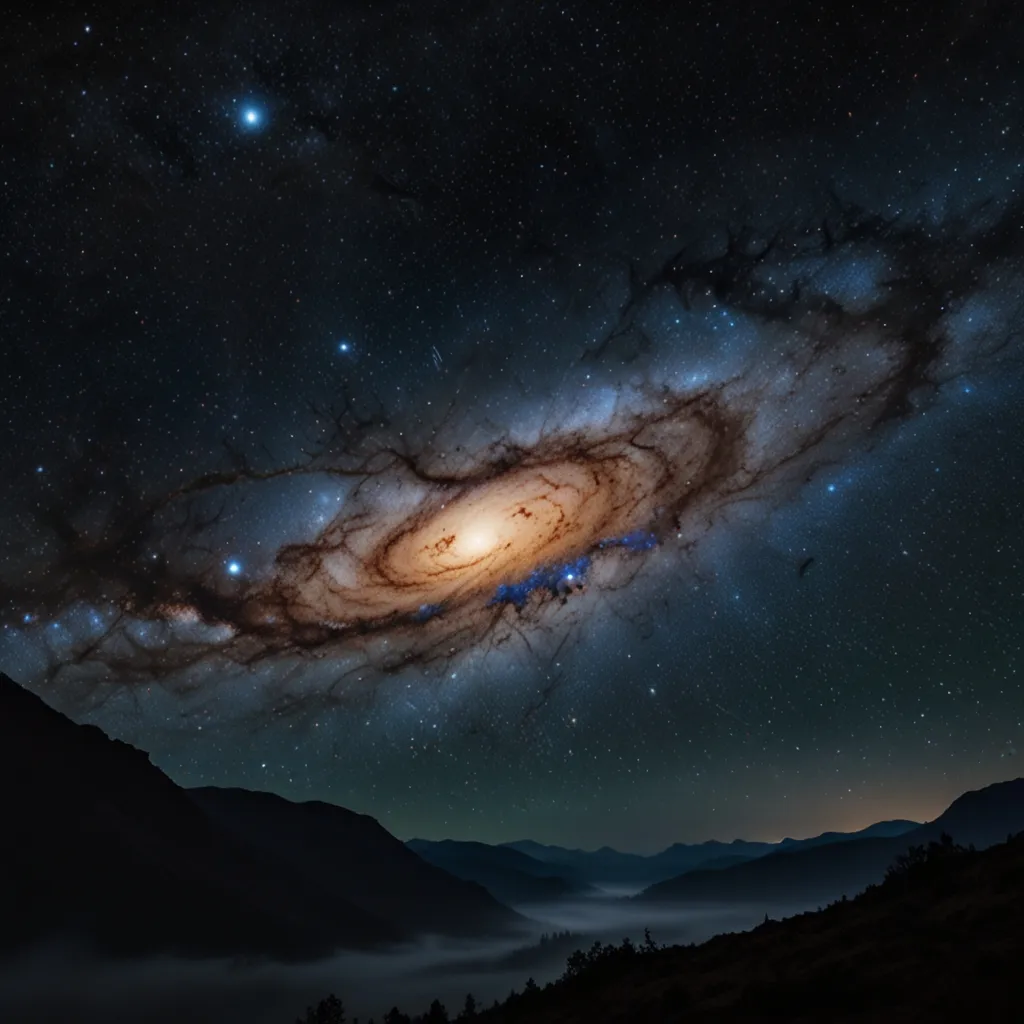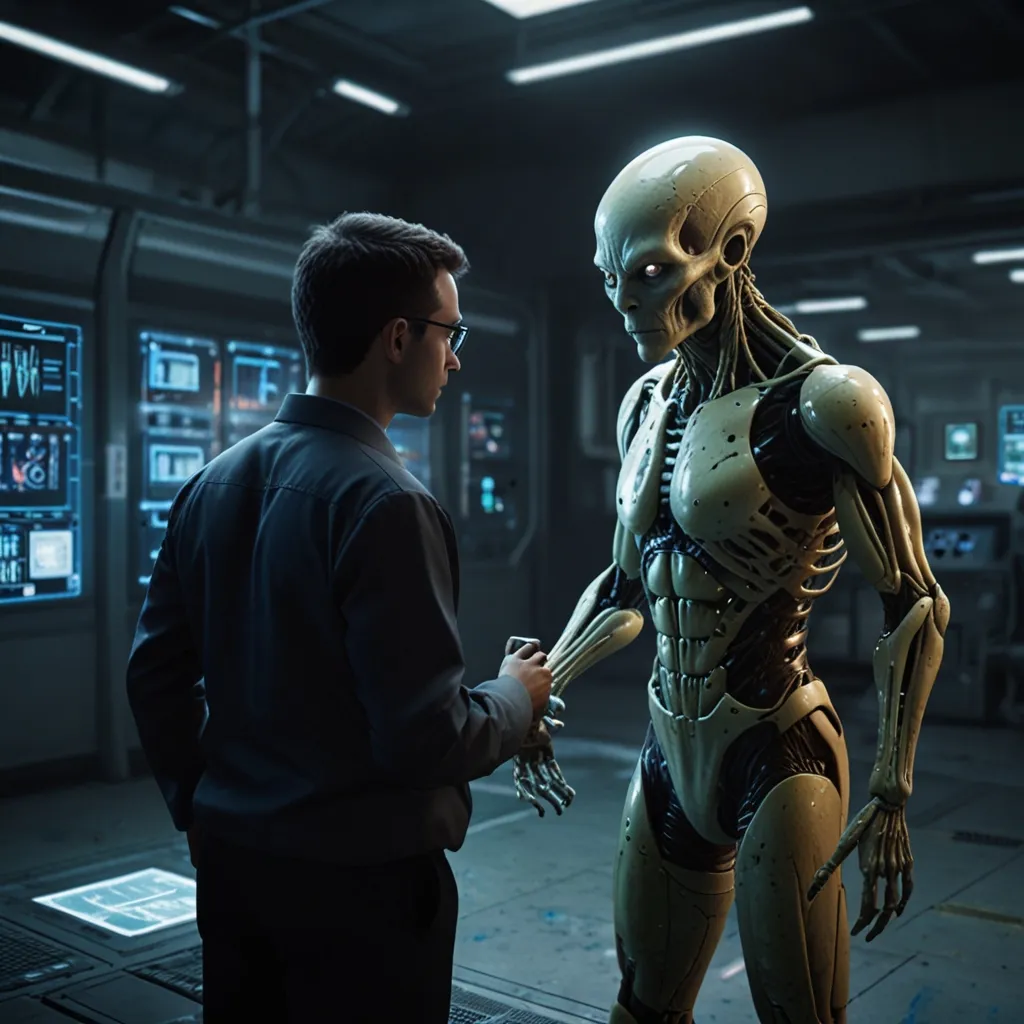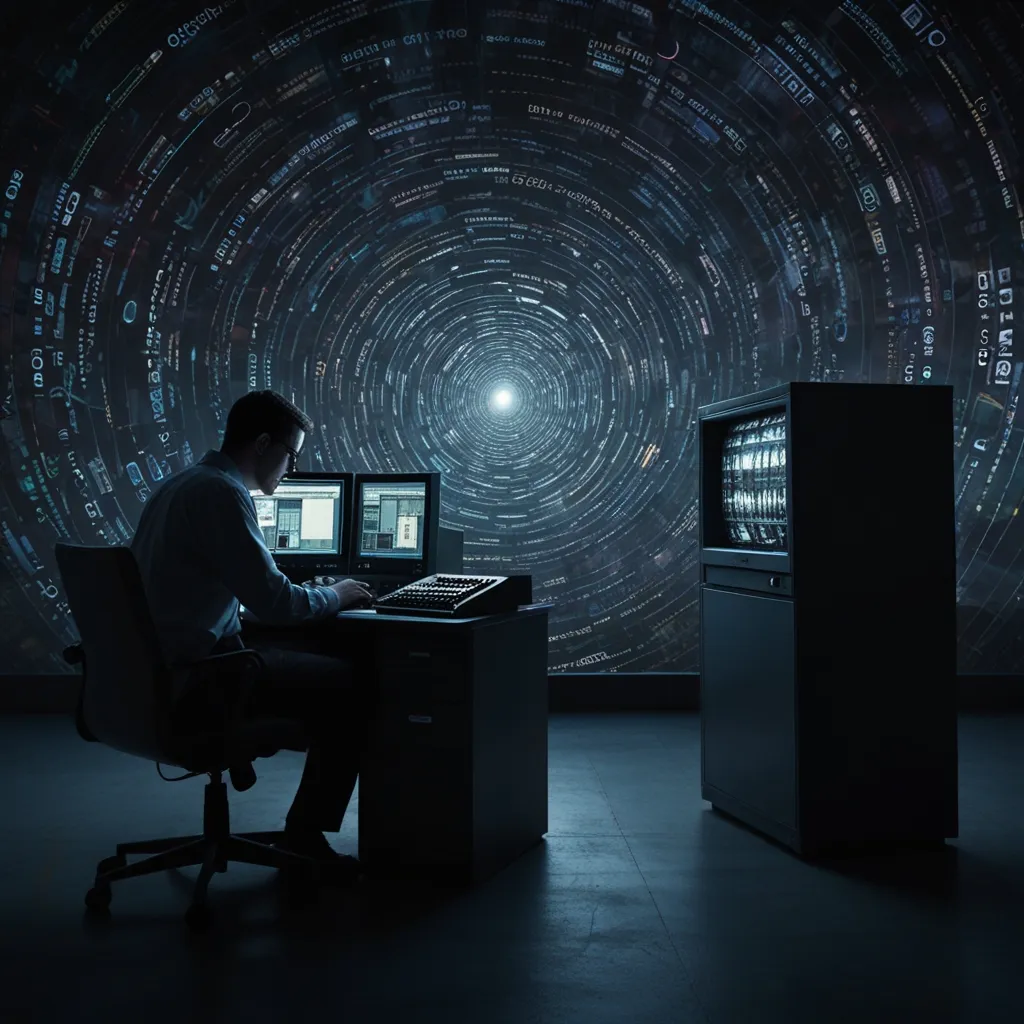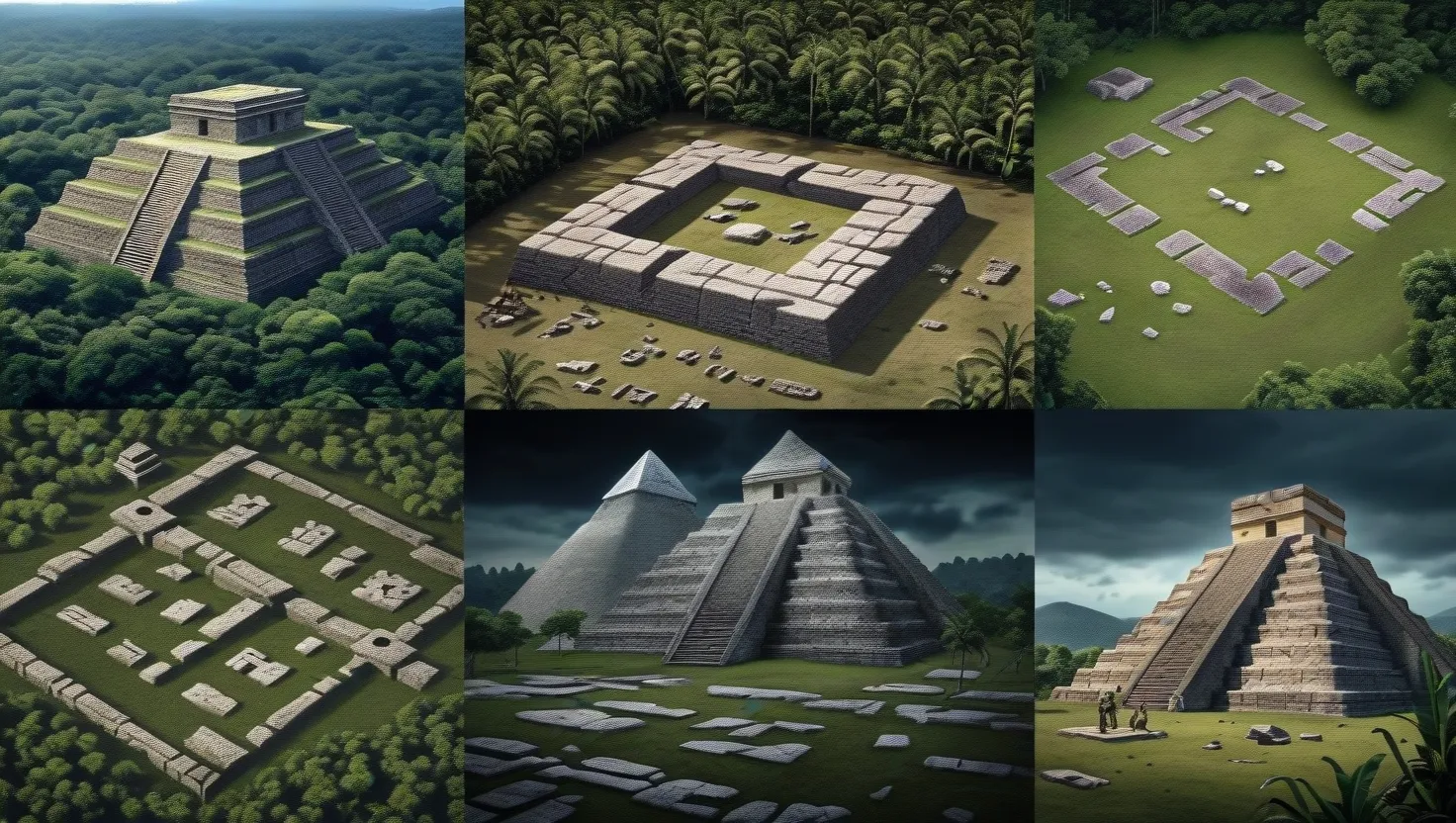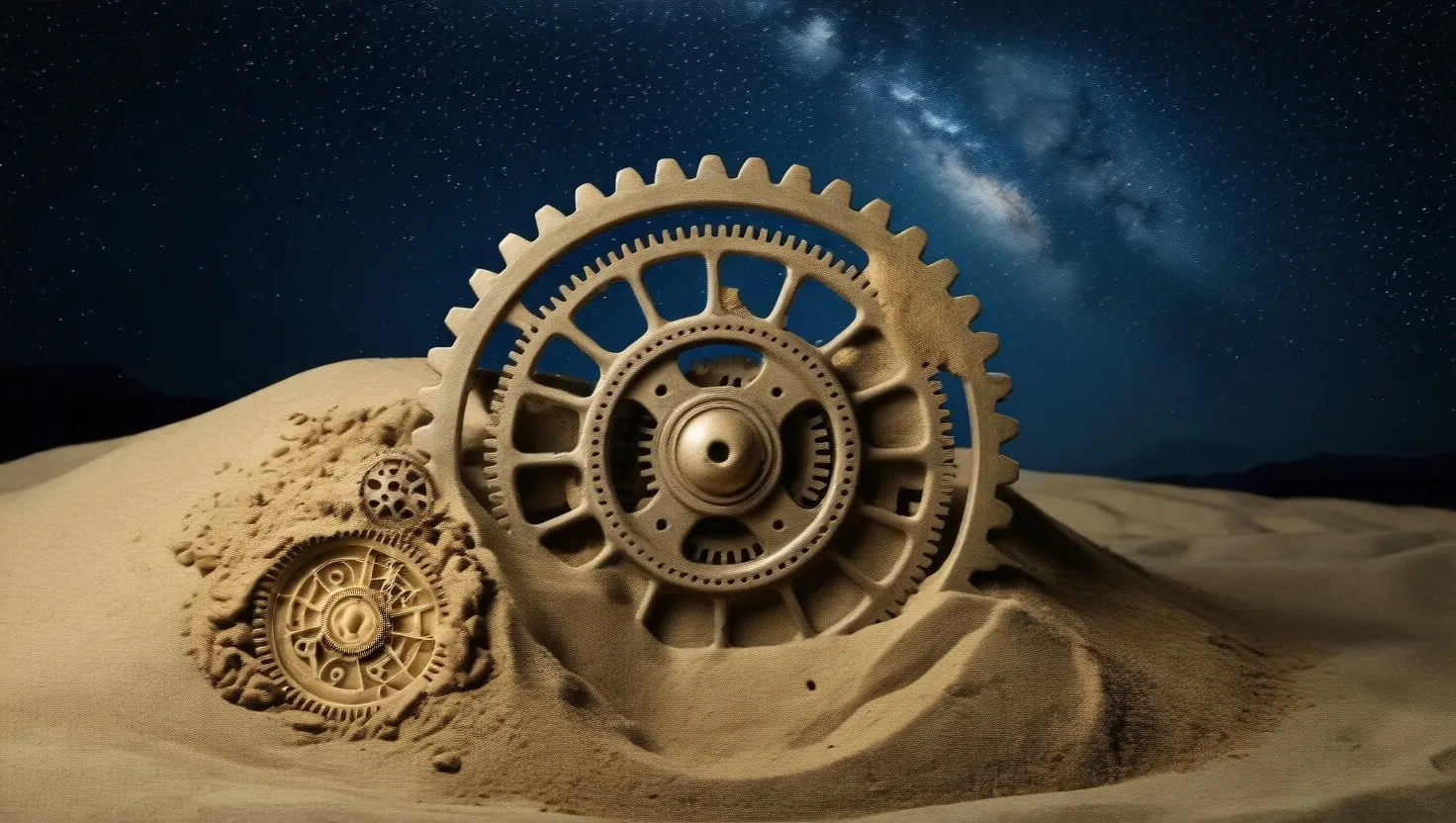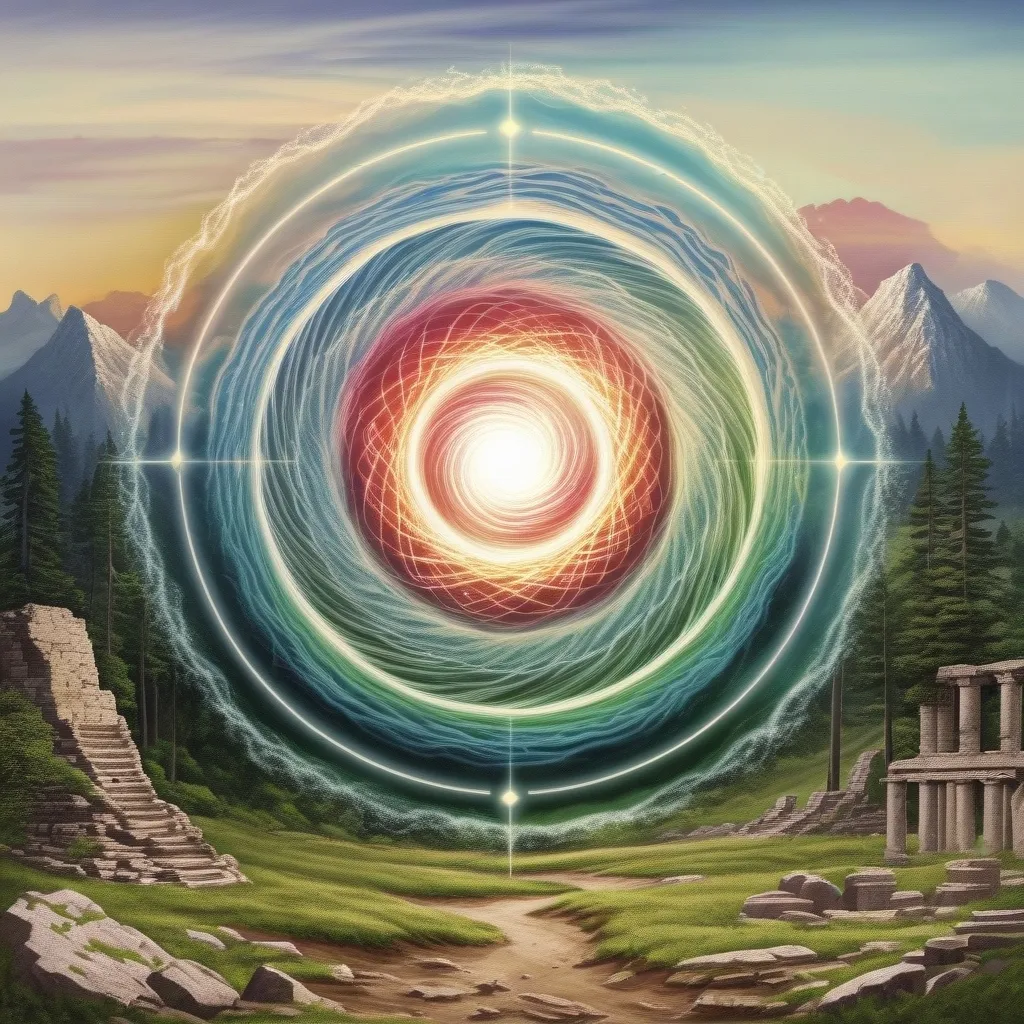Picture this: four billion years into the future, our night sky will put on a cosmic show that feels straight out of a sci-fi blockbuster. The Milky Way, our galactic home, will have an epic rendezvous with the Andromeda Galaxy. And this isn’t some far-fetched theory—it’s a scientific certainty. If you could see Andromeda growing closer by the day, it would be nothing short of incredible. Moving at an insane speed of 68 miles every second, Andromeda’s getting nearer fast enough to travel from Earth to the Moon in just an hour.
Imagine two massive galaxies colliding. Stars, planets, and dust will swirl together in a grand cosmic dance, pulled and tugged by gravity. Thankfully, the chance of stars smashing into each other is pretty slim. The main event? The clash of the supermassive black holes at the heart of both galaxies. These are the universe’s most powerful forces, and their union will release staggering amounts of energy, potentially giving birth to a whole new kind of galaxy.
This impending galactic mashup is more than just a visual treat. It serves as a vibrant reminder of the universe’s dynamic and ever-changing nature. Our ancestors have marveled at the Milky Way for thousands of years, pondering its mysteries. Fast forward billions of years, and our descendants may gaze up at a night sky shaped by the cosmic union of the Milky Way and Andromeda.
Contemplating this epic future makes us appreciate just how small we are in the vast scheme of things. The Milky Way and Andromeda are just two of the universe’s billions of galaxies, each with its unique story and history. They’re on a path set billions of years ago, and that collision is a part of the grand narrative of the universe.
Right now, our Milky Way is a stunning spiral galaxy with a long bar of stars in the middle surrounded by four main arms. The young, hot stars make these arms bright. The galaxy’s disk holds most of the stars, dust, and gas. But there’s more to the Milky Way than its disk. In the center lies a bulge where a supermassive black hole, Sagittarius A*, lurks, encircled by blazing hot gas and ancient star clusters.
Surrounding this is the galaxy’s halo, a vast expanse stretching over 150,000 light-years from the center, populated by old and faint stars, globular clusters, and most of the galaxy’s elusive dark matter, which we can’t see but know is there because of its gravitational influence. The Milky Way itself spans about 100,000 light-years and contains hundreds of billions of stars. Harlow Shapley was the first to recognize its true size back in 1917.
The Milky Way’s history is as rich as it is long, stretching back around 13 billion years to its birth from a colossal cloud of gas and dust soon after the Big Bang. Over time, it’s evolved through interactions with other galaxies, sometimes merging with or consuming them. Evidence of these past encounters can be seen in the streams of stars in the halo.
So, why all the fuss about the Milky Way? For starters, it’s our home and a connection to the broader universe. By studying it, we learn about galaxy formation, evolution, and interaction. Though the Milky Way is still forming new stars, it’s slowing down. Looking to the future, the Milky Way and Andromeda’s collision will redefine our galactic landscape entirely.
When Andromeda finally collides with us, it’ll do so at an astonishing speed—nearly a quarter of a million miles per hour. Their meeting will lead to a galactic ballet as gravity pulls them together. Stars will swirl, some becoming new neighbors, others cast into deep space. The whole process will stretch out over two billion years, eventually blending the galaxies into a giant elliptical galaxy unlike the spirals we know today. The Triangulum Galaxy might even join in the fun, contributing to the new galactic form.
The fate of our solar system is uncertain in this grand merger. It’s possible we’ll be pushed farther from the new galaxy’s center or even ejected entirely. Fortunately, by then, the Sun’s increasing brightness will have already rendered Earth uninhabitable due to extreme temperatures.
In the chaos of this collision, the gas and dust in both galaxies could compress enough to trigger star formation, though not as intensely as in other mergers. Supermassive black holes at each galaxy’s center will spiral towards each other, eventually merging in a colossal release of energy, likely creating a new kind of galaxy core.
The Milky Way and Andromeda’s impending union is a testament to the universe’s wonders and dynamism. This cosmic event helps us grasp our origins and place within the cosmos. The universe’s life cycle is one of birth, life, and death, primarily driven by hydrogen and the rules of physics over billions of years. From star formation in immense, cold molecular clouds to the death throes of supernovas, the life cycle of stars underpins the evolution of galaxies.
As galaxies age and their gas is exhausted, new star formation dwindles and ceases. Without new stars to replace the dying ones, galaxies grow dim and lifeless, ultimately hosting only red dwarfs, white dwarfs, neutron stars, and black holes. Eventually, even these remnants fade, plunging the galaxy into darkness.
Post-Milky Way-Andromeda merger, our new galaxy, Milkomeda, will continue to evolve. It might merge with other nearby galaxies, potentially including the Triangulum Galaxy, forming an even larger cosmic entity. Over time, as the stars within burn out and black holes evaporate, the galaxy will face a cold, dark fate. This process of galactic change and decay reminds us that while the universe is marvelous, its wonders are also impermanent.
The universe’s relentless expansion, fueled by dark energy, will increasingly isolate galaxies from each other. Eventually, galaxies will drift so far apart that they’ll exist alone in their own observable universes, a phenomenon known as “cosmic loneliness.” This isolation will make intergalactic travel or communication impossible, consigning any future life to their own galactic domains.
Reflecting on the universe’s future underscores the transience of all things, even galaxies. This realization not only humbles us but also highlights the existential questions about our place and purpose in the cosmos. The sun’s evolution will dramatically affect Earth long before the galactic collision, with increasing heat turning our planet uninhabitable.
Our story, when juxtaposed with the universe’s vast timeline, is brief and melancholic. The Milky Way-Andromeda collision, billions of years away, showcases the relentless change and evolution of the universe. This cosmic dance makes us ponder our actions, achievements, and existence in an indifferent, vast universe.
Continued space exploration and astronomical research are indispensable for understanding these cosmic events. Future telescopes, missions, and science will further our knowledge, helping us decipher the universe’s mechanics, including dark matter, dark energy, and the potential for extraterrestrial life. Expanding our cosmic comprehension enhances humanity’s legacy, potentially opening pathways beyond our solar system.
Marcus Aurelius once said, “He who lives in harmony with himself lives in harmony with the universe.” While our understanding of the cosmos is limited, our quest to broaden it is endless. This journey of discovery allows us to appreciate the universe’s beauty and complexity, even as we uncover its deeper mysteries. As we continue to learn, we find new ways to celebrate our place in the vast, ever-changing tapestry of the universe.
